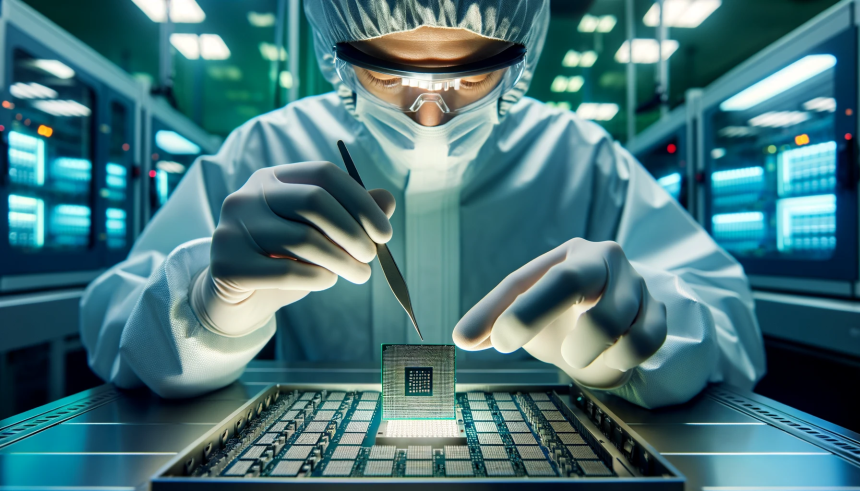Major hardware developer AMD is reportedly moving toward the production of standalone NPUs (Neural Processing Units), designed specifically to address the growing demand for artificial intelligence acceleration in personal computers. As interest in AI-powered applications and tools surges in both creative and gaming spaces, traditional CPUs and GPUs face rising pressure. Market pressure and competitive advancements drive AMD to seek new ways of improving dedicated AI workloads on PCs. The company’s potential entry into the discrete NPU market signals a new direction in hardware, one that complements its already extensive lineup of Radeon graphics and Ryzen chips.
Earlier signals from AMD’s roadmap prioritized integrated solutions, such as embedding NPUs within Ryzen processors. Existing hardware generations have focused more on balancing general workloads and AI with combined CPU-GPU-NPU chiplets, rather than on producing a discrete AI accelerator. While other technological giants have also experimented with similar strategies, a clear move toward fully independent NPUs, much like discrete graphics cards, marks a shift. This distinction suggests an emphasis on scalability and meeting the needs of performance-oriented users who may require far above-average AI processing capabilities, especially as PC AI integration continues to expand.
What Drives AMD’s Discrete NPU Strategy?
The increasing use of artificial intelligence for tasks like image generation, video editing, and real-time enhancement accelerates demand for specialized processors in the consumer PC realm. AMD executives suggest their ongoing assessment of the landscape weighs the potential impacts on performance and market adaptation. Citing the opportunities, one AMD spokesperson stated,
“We’re closely monitoring how AI workloads evolve and where dedicated NPUs can make the most impact for PC users.”
The company also sees a broadening set of applications for such hardware, as AI workflows become more central to both professional and gaming communities.
Will AMD NPUs Target PC Gamers and Creators?
Indications point toward AMD shaping these devices with power users and enthusiasts in mind, particularly those with heavy AI-centric workloads. If released as discrete cards, these NPUs could slot alongside existing Radeon GPUs, offering dedicated hardware for AI processing. This separation may allow system builders and end users to customize configurations for optimal performance, with the bonus of unburdening CPUs and graphics cards from increasingly heavy AI demands. An AMD engineer explained,
“Our approach considers how users might deploy NPUs for specialized tasks without disrupting their established workflow.”
Such modularity directly appeals to advanced users seeking tailored performance setups.
How Could Discrete NPUs Affect the Broader PC Ecosystem?
Introducing discrete NPUs to the retail PC market has potential consequences for both software developers and competing hardware firms. Developers may adopt new or updated APIs to fully leverage AI-specific acceleration, leading to improved performance in AI-driven applications. Rival chipmakers may refine their own plans for NPU-focused products, spurring innovation and possibly competitive pricing. As hardware manufacturers move to establish their positions, user choice in configuring machines for AI performance may increase significantly. This could have a direct influence on how hardware is marketed and sold, shaping the next generation of creative and entertainment PCs.
Developing dedicated NPUs outside of integrated chiplets represents a notable hardware market pivot. Discrete NPUs, if adopted by users and software, might open up new possibilities for applications requiring low latency or real-time processing, effective not just for creators and gamers but also for research and enterprise needs. Power consumption, thermal output, and compatibility with current systems are key issues AMD and others will need to address. From a consumer perspective, the introduction of standalone AI accelerators may give buyers more power to assemble high-performance systems tailored to emerging AI requirements. For those interested in PC hardware’s future direction, following AMD’s discrete NPU development and ecosystem response is likely to be worthwhile.










